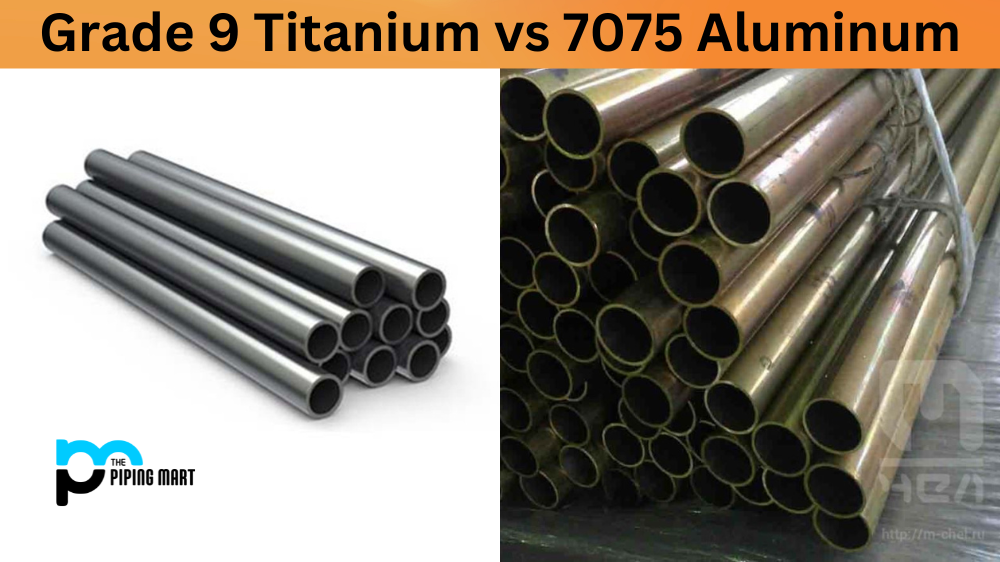Incoloy 800 and SS316 commonly use alloys when choosing the right material for high-temperature applications. Each has its benefits and drawbacks, and choosing between them can be challenging. In this blog post, we will compare Incoloy 800 and SS316, discussing their key features, applications, and characteristics. By the end of this article, you can make a well-informed decision about which material best suits your requirement.
What is Incoloy 800?
Incoloy 800 is a nickel-iron-chromium alloy with good strength and excellent resistance to oxidation and carburization in high-temperature environments. It has exceptional corrosion resistance in acidic environments, making it an ideal choice for industrial applications requiring heat and corrosion resistance.
What is SS316?
SS316 is an austenitic stainless steel containing molybdenum, which increases its corrosion resistance. It provides excellent formability and weldability, making it highly versatile for various applications ranging from surgical instruments to chemical processing equipment. It’s high nickel and chromium content makes it extremely corrosion-resistant in acid- and chloride-rich environments.
Difference Between Incoloy 800 and SS316
Composition and Properties
Incoloy 800 is a nickel-iron-chromium alloy containing titanium and aluminium. It is known for its resistance to high-temperature oxidation and carburization. The high nickel concentration in Incoloy 800 makes it resistant to corrosion in many environments. On the other hand, SS316 is a stainless steel alloy containing chromium, nickel, and molybdenum. It offers excellent corrosion resistance, high ductility, and good weldability.
Applications
Incoloy 800 is commonly used in applications requiring high-temperature strength and oxidation resistance, such as heat exchangers, chemical and petrochemical processing equipment, and power generation plants. It is also used in heating elements in industrial furnaces, as well as in aerospace applications. SS316, on the other hand, is widely used in applications that require high corrosion resistance, such as marine environments, food processing equipment, and medical implants.
Mechanical Properties
Incoloy 800 has a high tensile strength and yield strength at elevated temperatures, making it an ideal choice for high-temperature applications. It also has a low thermal expansion coefficient, which helps minimize distortion and stress during thermal cycling. SS316 has a relatively lower tensile and yield strength at high temperatures, but its properties remain stable even at cryogenic temperatures.
Weldability and Fabrication
Incoloy 800 is considered difficult to weld due to its high nickel content, but it can be welded using specialized welding techniques. SS316, on the other hand, is easily weldable using most conventional welding processes. Both alloys can be easily formed and fabricated into various shapes and sizes.
Cost
Incoloy 800 is comparatively more expensive than SS316 due to its high nickel content and specialized manufacturing processes. However, its superior performance in high-temperature applications justifies the higher cost.
Conclusion
Incoloy 800 and SS316 are excellent alloys with specific applications and attributes. Incoloy 800 is best suited for high-temperature applications that require superior oxidation and carburization resistance, while SS316 is ideal for applications that require high corrosion resistance and good weldability. Make sure to factor in the specific needs of your application when selecting between the two alloys. We hope this detailed comparison helps you make an informed decision!
Rachana is a dedicated and ambitious young woman who has made a name for herself in the metal industry. From her earliest days in the industry, Rachana showed a natural talent for problem-solving and a keen eye for detail. In her free time, She enjoys reading up on the latest advancements in the industry, as well as exploring new ways to innovate and improve upon existing processes.




